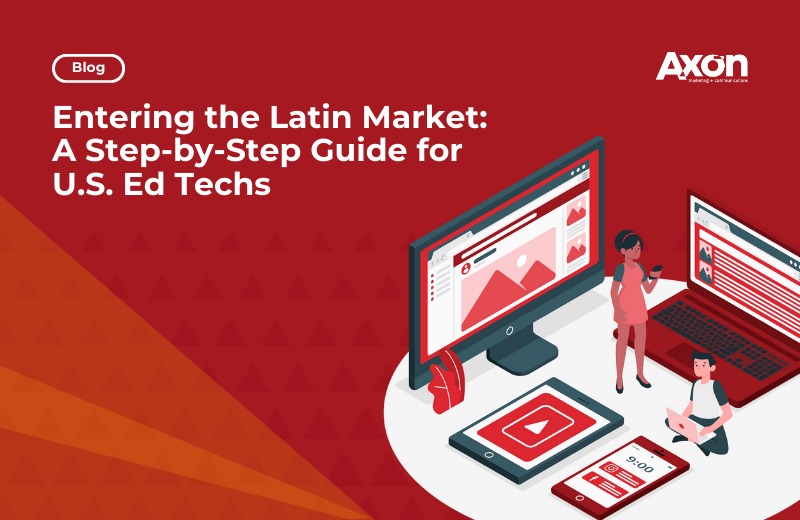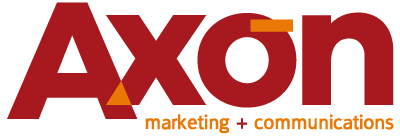
Latin America represents a significant opportunity for U.S. EdTech companies looking to expand their reach.
With a rapidly growing market and increasing demand for technology solutions in education, the region offers fertile ground for EdTechs to innovate and thrive.
However, entering Latin American markets also presents unique challenges that must be carefully addressed.
In this article, we will explore the key factors that U.S. EdTechs should consider when expanding into Latin America, from choosing specific countries to effective marketing strategies.
What factors should I consider when choosing specific Latin countries for my Edtech’s expansion?
When selecting countries to expand their EdTech, U.S. companies should consider several key factors:
- Market size and growth potential: countries such as Brazil, Mexico and Argentina have the largest education systems in the region and offer great market potential.
- Political and economic stability: look for countries with stable political and economic environments that can support the long-term growth of your EdTech.
- Technology infrastructure and connectivity: prioritize countries with strong ICT infrastructure and high levels of Internet access, especially in schools.
- Government support for educational innovation: look for countries with government policies and programs that promote technology adoption in education.
- Cultural and linguistic compatibility: consider how easily your EdTech can adapt to cultural and linguistic differences in target countries.
How can I adapt my educational technology to the cultural and linguistic differences in Latin America?
Adapting your EdTech to the local realities of each education system is key to ensuring genuine adoption in Latin America. Some key strategies include:
- Localization of content and interface: translate and adapt your educational content into Spanish and/or Portuguese, taking into account regional language variations.
- Incorporating local contexts and examples: include examples, characters and situations relevant to Latin American learners to increase relevance and engagement.
- Collaboration with local educators: involve local teachers and educational experts in the development and adaptation of your EdTech to ensure cultural relevance.
- Consideration of differences in education systems: adapt your EdTech to country-specific curricula, testing requirements and pedagogical practices.
What are the most common challenges in entering Latin American education markets?
While the opportunity is significant, U.S. EdTech also faces several challenges when entering Latin American markets:
- Digital divide and inequality of access: many schools, especially in rural and low-income areas, lack the connectivity and equipment needed to take full advantage of EdTech.
- Lack of teacher training and support: teachers often lack the skills and support needed to effectively integrate technology into teaching.
- Fragmentation of markets: education systems vary significantly across countries, requiring market-specific entry and adaptation strategies.
- Local competition and barriers to entry: local EdTech and government-developed solutions may have competitive advantages and higher barriers to entry for new entrants.
- Business models and monetization: finding sustainable and effective business models to monetize EdTech in the region can be challenging.
What marketing strategies are most effective for introducing an EdTech in Latin America?
To successfully introduce your EdTech in Latin America, consider the following effective marketing strategies:
- Strategic partnerships: collaborate with ministries of education, school districts, universities and NGOs to reach large audiences and gain legitimacy.
- Marketing to educators: focus on reaching teachers, principals and policymakers through channels such as conferences, social media and specialized publications.
- Pilot testing and demonstrations: offer free pilot tests and live demonstrations so educators can experience your EdTech and see its value.
- Free educational content: publish free, high-quality educational content to build brand awareness and credibility.
- Community Engagement: actively participate in the region’s EdTech community through events, partnerships and social media.
How can I measure the success of my expansion to Latin markets?
Measuring the success of your expansion into Latin America is crucial to inform your strategy and optimize your performance. Some key metrics to consider include:
- User adoption and engagement: track metrics such as number of registered users, user activity and retention rates.
- Impact on educational outcomes: measure the impact of your EdTech on metrics such as student achievement, graduation rates and skills acquired.
- Return on investment (ROI): track your ROI in terms of revenue generated, cost efficiencies and other financial benefits.
- Customer satisfaction and loyalty: regularly survey customers to measure satisfaction and likelihood to recommend.
- Growth and expansion: track metrics such as revenue growth, geographic expansion and market penetration.
In summary, expansion into Latin America offers a great opportunity for U.S. EdTechs to grow and make a significant impact. However, it requires careful planning, adaptation and execution to successfully navigate the unique challenges of the region.
By carefully choosing target countries, adapting their technology to local realities, addressing key challenges, implementing effective marketing strategies and measuring success, EdTechs can take full advantage of this exciting market opportunity.





